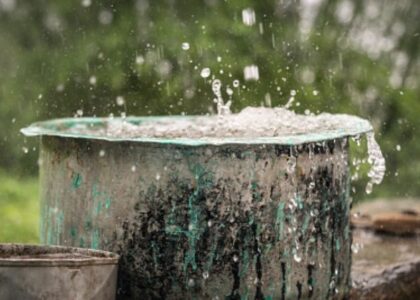Reviving the Ancient Practice of Rainwater Harvesting: A Simple and Effective Solution for Sustainable Water Management
As the world continues to face water scarcity and drought on one hand and flooding on the other, it is important to consider sustainable solutions for water management. One ancient practice that is gaining popularity in modern times is rainwater harvesting.







